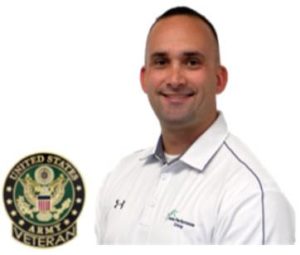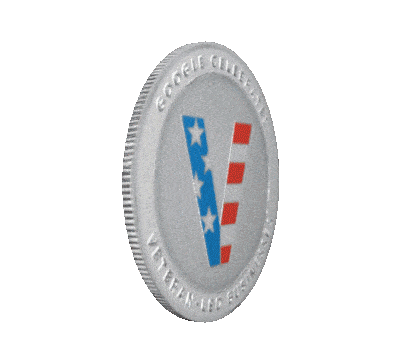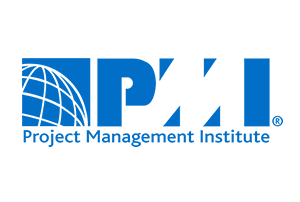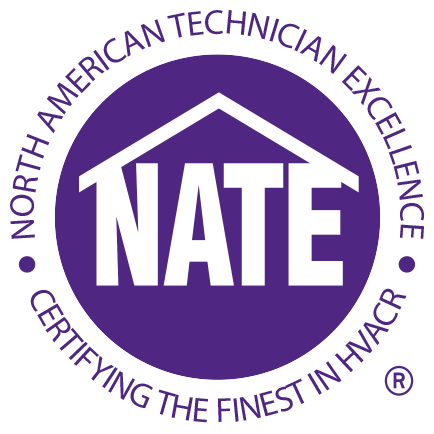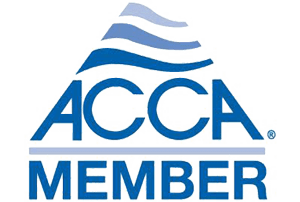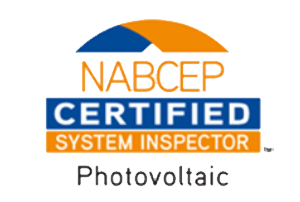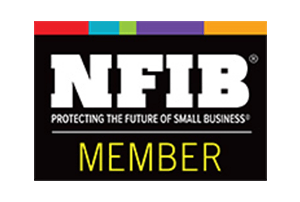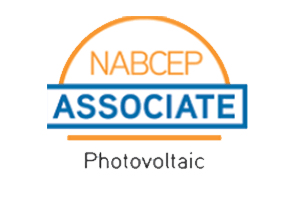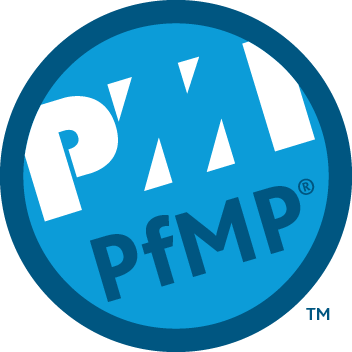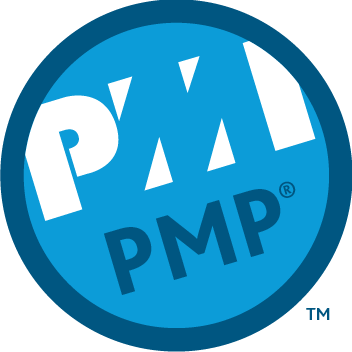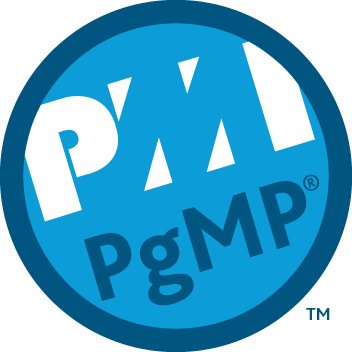Contaminated Unsafe Drinking Water
According to the United States Geological Survey (USGS), water is considered the “universal solvent”. This is because water has the ability to dissolve most substances, more than any other liquid on the planet. The unique chemical composition of water, H2O, creates a polar arrangement of both a positive electrical charge and negative electrical charge at opposite ends of the water molecule. This chemical and electrical arrangement provide water the ability to attract, and in many cases, pull apart other molecules thereby dissolving them. 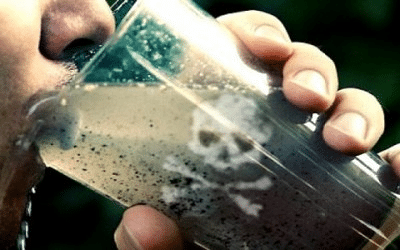
Septic Contamination of Private Water Wells
The U.S. Centers for Disease Control (CDC) finds more than 15 million households are supplied drinking water from private wells. The U.S. Environmental Protection Agency (EPA) found two principle causes for contamination of private water wells from onsite waste water treatment systems. The first is improper setback distances. The EPA and most state or county authorities provide minimum guidelines for setbacks of septic tanks and absorption fields from private water wells. The further apart a water well is placed from a septic system the lower probability of any contamination leaching into the well. In Missouri, the Department of Health and Human Services (DHHS) 19 CSR 20-3.060 specifies the minimum setback distance between a water well and a septic tank is 50 feet and 100 feet to an absorption field. Also, the deeper the well is drilled and especially through bedrock or other restrictive horizons the lower the chance of untreated waste water percolating into the underground water table. A failed septic system is the second principal cause of waste water contamination. An onsite waste water treatment system provides multiple levels of filtration and treatment. When a septic system fails, particularly a soil absorption field, the health risk of untreated effluent migrating into an underground well or aquifer increases. 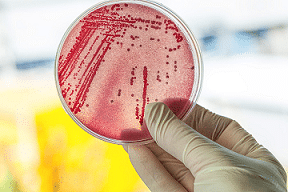
Biological and Chemical Contamination of Public Water Service Lines
One of the principle causes of public water supply contamination is improper or illegal cross connections within the water supply plumbing system. The IPC defines a cross connection as an arrangement of piping that connects a known potable water source to another water source of unknown or questionable safety. Cross connections most often occur at or within building plumbing systems. Both the Uniform Plumbing Code (UPC), and IPC allow cross connections with appropriate backflow prevention devices or assemblies. There are numerous examples of incorrect plumbing cross connections. One of the most common are water faucets installed without an approved air gap in which the bottom of the faucet is below the top of the sink rim. In this configuration, if the sink plug were inserted or the drain pipe were clogged, the sink basin could fill until the mouth of the faucet was submerged under water. As the water supply is turned off and pressure drops, the water in the sink which may include biological or chemical contaminants could flow back into the faucet and water supply.
Another common household cross connection involves a water hose, without an approved vacuum breaker backflow preventer. When submerged in a container filled with insecticides or other chemicals like the faucet scenario above, as the water supply is turned off to the water hose, or in the event of pressure drop within the water mains, pressure may drop to such an extent to create back siphonage. 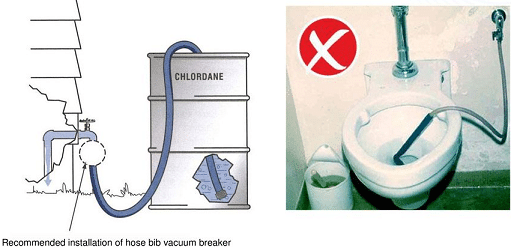
The other primary cause of drinking water contamination is caused by backflows, specifically back pressure and back siphonage. Backflows may occur inside a building through cross connections and are very common within the public water mains due to water pipe breaks or fire-fighting activities. The most common examples are a failure or rupture of a water main. A compromised pipe creates a pressure drop within the entire water supply system. During the temporary drop in pressure, back siphonage may occur. During a back siphonage event, ground water may be sucked into the water supply system through cracks, fractures, or other defects either in the water mains or property owners underground water service line. When ground water enters the water supply, any dissolved chemical or biological contaminants come with it. The most common residential culprits are lawn irrigation sprinkler systems installed without a vacuum breaker or equipped with a backflow preventer that is no longer functioning. Generally, lawn sprinkler heads are installed in the landscape below grade. This ensures lawn mowers do not shear off sprinkler heads, and provides a neat and tidy installation. In the event of a heavy rainfall, over watering of the lawn, or loss of pressure in the water mains, water may be back siphoned, or sucked, through the sprinkler heads. Back siphoned water may bring with it all manner of insecticides, and pesticides posing a significant health hazard to people.
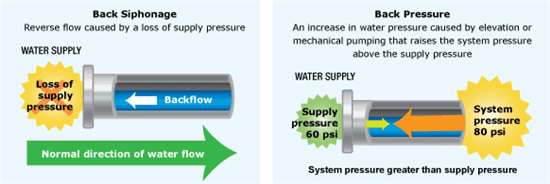
Home Performance Group Protects Home’s Water in Kansas City
Concerned about water quality in your home? Fear you have an improper cross connection? Or simply want to prevent contamination of your private water well? Consider hiring a master plumber with the specialized knowledge to assess, design, specify, and install your water supply piping and protection. Careful selection of a master licensed plumbing contractor can protect your family’s health and save thousands of dollars in future rework.
At Home Performance Group, we continue to invest in advanced plumbing training so we can correctly design, specify, recommend, replace and install water supply systems and protection devices and assemblies. We have performed numerous projects for our clients.
At Home Performance Group, we continue to invest in technical electrical training. We have performed numerous electrical projects for our clients.
If you are interested in a no-cost in-home consultation, schedule with a Solutions Advisor today.

Article by Larry L. Motley Jr., 21 March 2022
Larry is a graduate of both Wentworth Military Academy and Missouri Western State University earning a double bachelor’s degree in Economics and Finance. Additionally, he maintains six professional tradesman licenses in two states and advanced credentialing in green technology, project and program management, and process improvement. Larry is a three-time combat veteran having served in Operation Iraqi Freedom, Operation New Dawn, and Operation Inherent Resolve. He continues to serve through a value-based building science company focused on providing clients the best design, highest quality installation, and most honest repair services in the community.


Featured Service Areas:
| Missouri | Kansas | ||||
|---|---|---|---|---|---|
|
Belton Blue Springs Cameron Excelsior Springs Gladstone Holt |
Independence Kansas City Kearney Lathrop Lawson Lee's Summit |
Liberty North Kansas City Parkville Platte City Plattsburg Polo |
Raytown Riverside Smithville Sugar Creek Weston |
Kansas City Lansing Leavenworth Leawood Lenexa |
Merriam Mission Mission Hills Praire Village Shawnee |



